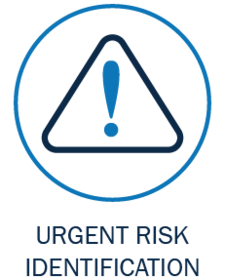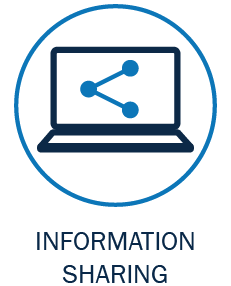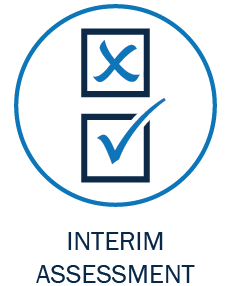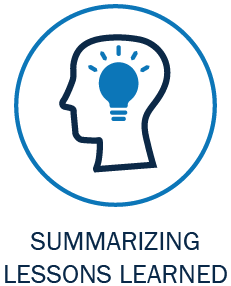Putting Agile Oversight into Practice
What is agile oversight?
At its core, agile oversight is a process or structure that allows an oversight organization to quickly highlight issues or information that require immediate action. It doesn't replace traditional work; instead, it provides additional tools for oversight professionals to efficiently create more timely reviews, reports, memos, and other products.
Agile oversight should be used alongside performance audits and evaluations, financial statement audits, and other oversight activities. Read our report, Agile Oversight in a Time of Crisis, to see real-life examples of agile oversight in action.
When should I use agile oversight?
Use the right tool for the right job. There are four primary situations where an agile product may work best.
Where do I begin?
Use these tools to help review and adapt your current processes when it makes the most sense to be agile, and to identify areas where you may be agile already.
Learn the basics
Ready to get started? Our toolkit breaks it down with tips for speeding things up while still getting accurate, reliable findings out the door and into the hands of people who need them.
Dive deeper into how agile oversight has worked for others
See real world examples of agile oversight in action, and learn more about how it can help you and your team work smarter and faster. It's all here, in our recap of the Agile Oversight Forum.
Highlights: Videos and Agile Products
Check out excerpts from our Agile Oversight Forum in the list of videos below, and get inspiration from the agile products others in the oversight community have already created.
Video highlights
-
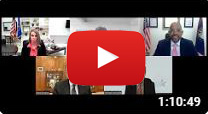
Inspector General Fireside Chat
Learn more from senior leaders in the oversight community about what is agile, how they use it, and why more offices need to be agile.
-
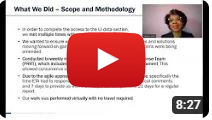
Department of Labor OIG
Learn more about how DOL OIG shortened their reporting timeframes using agile principles so they could alert the public about potential high-risk fraud.
-

New York State Comptroller's Office
Learn more about how New York's focus on data analytics allows them to be agile and highlight emerging risks.
-
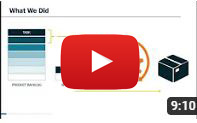
King County Washington Auditor's Office
Learn more from the King County, WA Auditor on how her office uses agile strategies to meet required standards and product results quickly.
Product Highlights
-
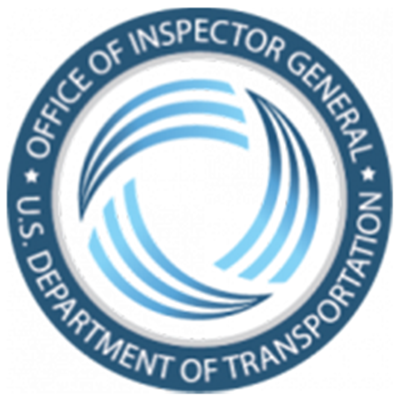
Key Potential Risk Areas for the Department of Transportation in Overseeing CARES Act Requirements
Read how the Department of Transportation OIG identified urgent risks associated with the agency's influx of pandemic funding, such as its ability to track and monitor the funds.
-
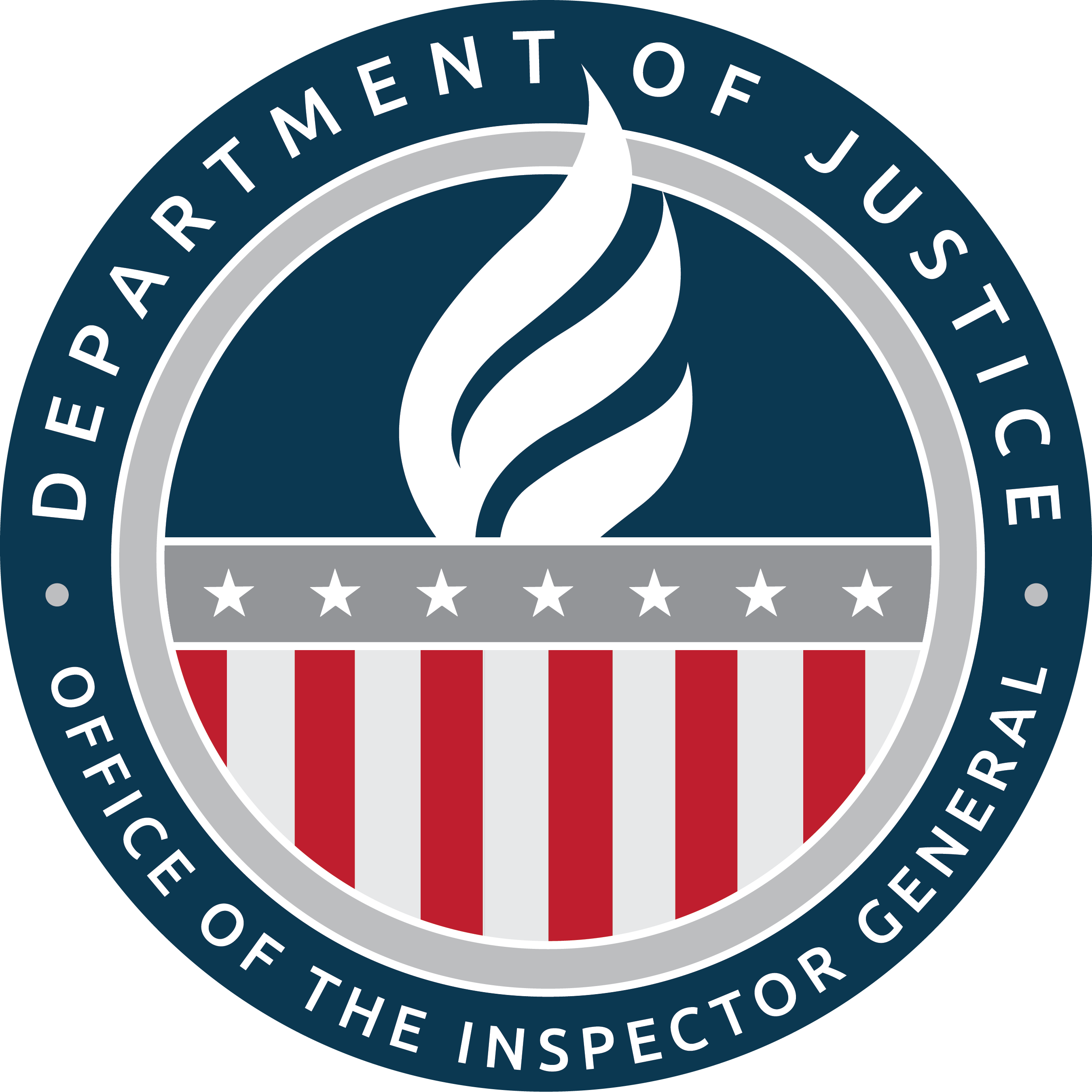
Status of CARES Act Funding as of June 12, 2020
See how the Department of Justice OIG provided a status of funds report for transparent information sharing into how the agency's pandemic funding was being used.
-
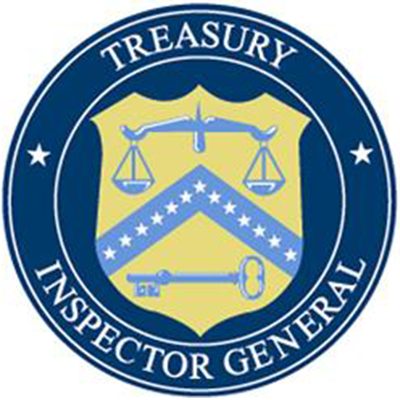
Interim Audit Update - Coronavirus Relief Fund Recipient Reporting
Read how the Department of Treasury OIG provided an interim assessment on how the agency distributed pandemic funds to states and Tribes, highlighting the importance of quickly providing transparency and accountability of funds.
-

Risk Awareness and Lessons Learned from Prior Audits of Entrepreneurial Development Programs
See how the Small Business Administration OIG summarized lessons learned and risk areas from prior audits on entrepreneurial development programs for SBA to consider for pandemic-related funds used in these programs.



